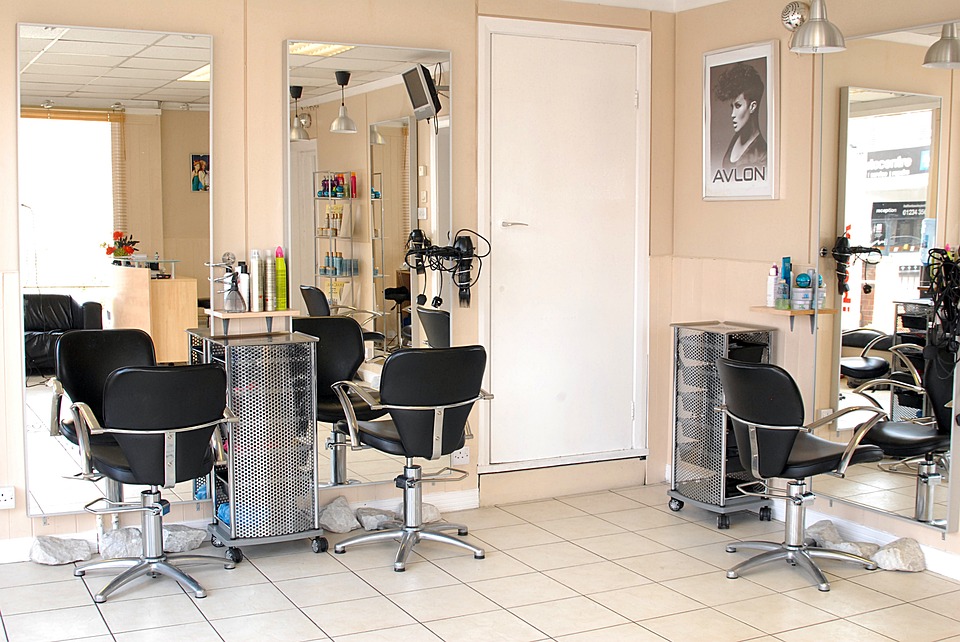Attention: Landscapers and Lawnmowers. You need Inland Marine Insurance Coverage.

Inland Marine Insurance really does not sound like a type of insurance a landscaper or lawnmower would be expected to need; but you absolutely do in order to avoid gaps in your coverage. While the insurance class codes for landscapers and lawnmowers are not identical, common issues face both industries which can be addressed with this type of Insurance. Inland Marine insurance came into being as Ocean Marine Insurance in the very early days of transport across the ocean. This coverage expanded to other water ways such as lakes, rivers, loches canals and channels known as inland waterways used to ship goods and cargo in all kinds of trade. But the term has evolved with the times and can now be used to provide coverage for almost anything that is transported whether it’s over the ocean, inland water ways or over land; which brings us to the two most important reasons for having this type of insurance.
First, clients do not come to your shop to have you landscape their residential or commercial property, or trim their trees. You need to travel to where the work is being performed and bring with you all the equipment and tools you need to do the job and those items must be transported.
Commercial Auto insurance does not cover transportation of tools and mobile equipment while Inland Marine Insurance does. In fact, your commercial auto insurance policy may not cover all the specific type of “vehicles” you are using in your company at all if they are not defined as an automobile while the Inland Waterway Policy can insure moveable equipment and or unusual items used in any industry. So items applicable to landscaping and lawn mowing could include:
- Heavy duty pickups, moving or cargo vans, or trailer used to transport tools and equipment.
- Heavy equipment, e.g. Backhoes, bobcats, cement mixers, graders, and fork lifts used to perform the job.
- Small or miscellaneous equipment and tools
Second, Inland Marine protects your equipment, tools any unusual item and can be designed to fit any and all of your needs if it is properly underwritten to be specific to your industry under the class codes. For instance snow removal can be added if the class code is added as secondary industry and you have a floater specifically for the snow removal equipment. A variety of floaters are available and you can add any type of floater that your insurance carrier provides to your policy that is appropriate for your business. Inland Marine can be included in a business owner’s package or be a stand-alone policy in addition to your general liability and other traditional types of business insurance.
Inland Marine is unique to insurance, in that it can be written as “peril coverage “where only specifically listed items which are attached to the policy are covered; or “all risk” Obviously the premium and deductibles would vary depending on which type you choose and how much coverage you want. The drawback to peril coverage is you must keep your list updated every time you have to replace or purchase a new piece of equipment or a tool, and advise your agent immediately of the change. In other words any item not listed is not covered. The risk of failing to notify your agent timely can be partially addressed with a floater for new items purchased which extends your time to notify your agent but gives you less coverage for that item than if you had notified your agent sooner.
.Landscapers and Lawnmowers will primarily need Mobile Articles & Machinery and Equipment Coverage as a floater which is the type that will pay for damage incurred to the property or theft of the item during transit of the object. Regardless of whether you want a combination BOP or a stand-alone policy you would want to analyze whether you need additional optional “floaters” in your Inland Marine policy. For instance:
- Rented Leased or borrowed items floater if you rent machinery or equipment to use for specific jobs.
- Computer /printer/hardware/software and business data floater if you take your computer with you to jobs to prepare bids, designs invoices etc.
- Loss of revenue incurred due to loss of business data.
- Installation floater if you leave machinery, building materials or other items at the job site for the duration of the project.
- Bailee’s/customer’s goods floater in the instance where you might have possession of, or are transporting the owner’s property. This could occur in an instance such as the owner has purchased a large feature item, say a fountain, and the landscaper needs you to transport and install the fountain.
- Employees tools
Another very crucial floater is Builders Risk a/k/a Course of Construction. This item may not be necessary if you are working with a General Contractor and you are a named insured on their policy. Conversely, it could be highly beneficial if you are not working with a GC. You should thoroughly discuss each aspect of your work with your agent to determine when this floater is necessary, and periodically review whether you need this coverage as your business grows.
So, with a unique combination of floaters designed for you, Inland Marine insurance can be your key to protecting your business equipment, while being transported to and from the job site, throughout the duration of the job and back home to your headquarters again, giving you peace of mind and freeing you to focus on other aspects of your business.
